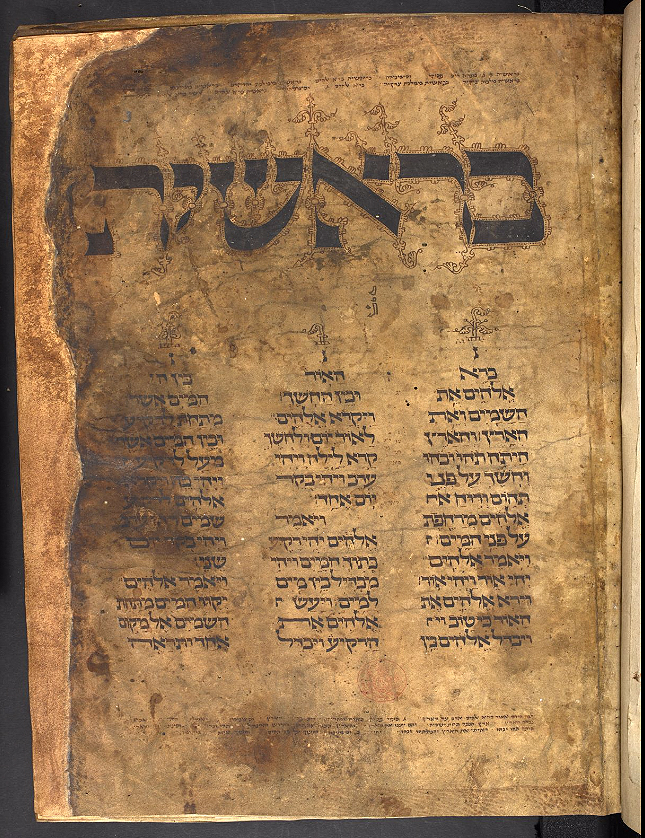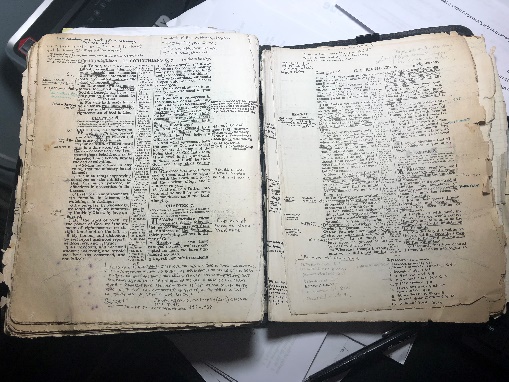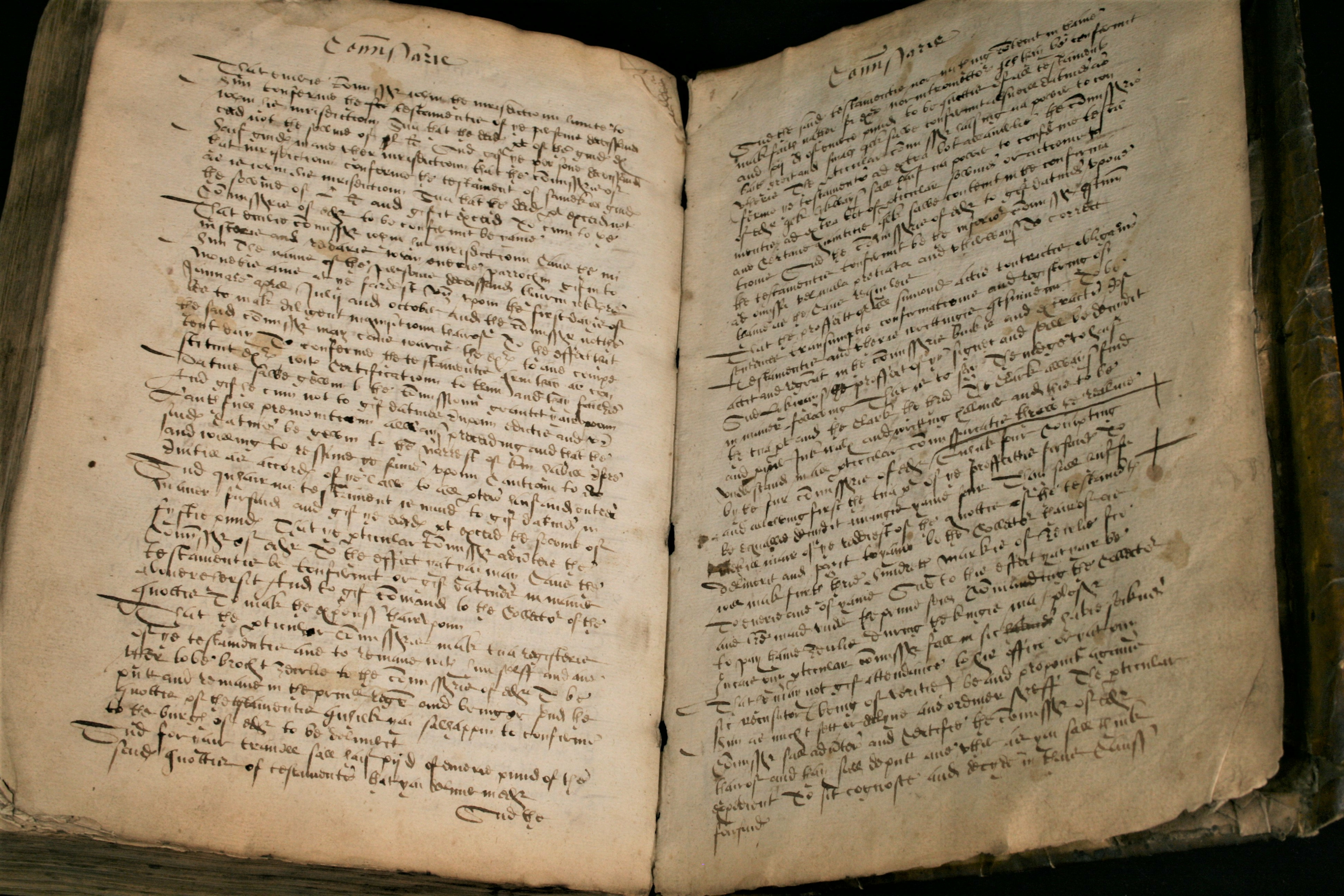


“Papyrus P98,” as researchers named it, was part of a bigger scroll and contains verses 1:13–2:1. Kept at the Collection of the French Institute of Oriental Archeology in Cairo, Egypt, this manuscript contains verses from the first chapters of the Book of Revelation and was probably copied in the year 100 in Egypt. Again, he sent other servants, more than the first: and they did.” Public Domain And the vine-growers took his servants indeed, they beat one and they killed another, and another they stoned. A total of 110 legible letters can be spotted on the front side, making up the sentences: “ he sent his servants to the vine-growers to collect the harvest that was his. Public DomainĪlso kept at Oxford’s Sackler Library Papyrology Room, “Papyrus 104” dates to the 1st century and contains ancient Greek verses from Matthew 21:34-37 on one side and lines from verses 43 and 45 on the other side.

It was discovered along with other ancient manuscripts named “Oxyrhynchus papyri” in an ancient “manuscript dump” near Oxyrhynchus, Egypt, a site that was discovered in the late 18th century and revealed to contain the largest number of ancient Christian manuscripts in the world. Stored at the Sackler Library Papyrology Room of Oxford University in England, “Papyrus 90,” as researchers have named it, contains words from the Gospel of John in ancient Greek on both sides. Here are the four oldest New Testament manuscripts: Thanks to sophisticated dating techniques, ancient book experts were able to identify the oldest manuscripts of the New Testament, safely stored in university libraries in England and Egypt. Catherine in the Sinai desert, Egypt, was compiled using “rejected” manuscripts that had been stored away at the monastery for centuries. For example, the “Sinai Bible,” also known as the Codex Sinaiticus, a collection of handwritten copies of the Bible in Greek found at the Monastery of St. That’s because complete manuscripts were put to use, resulting in wear and tear, while “incomplete” manuscripts that contained writing mistakes, made by monks who painstakingly copied verses from one manuscript to another, were stored into “manuscript caches.” Paradoxically, it was those “rejected” manuscripts that often could make it intact to the present day. And, impressively, these manuscripts, written thousands of years ago on parchment, remain intact to this day, and have now been digitized for anyone to see.īecause of the way manuscripts were stored in ancient times, researchers often find only some parts of manuscripts or incomplete versions. There are an estimated 5,800 ancient Greek manuscripts of the New Testament as well as thousands of others in languages such as Latin, Coptic, Syrian and Armenian. The editor's intent has been to render, as exactly as possible, the scribes' original words, spelling, punctuation, capitalization, strikeout, and insertions.From Egypt to the UK, these libraries are home to Christianity's oldest documents.Ĭopies of the New Testament can be found in more manuscripts than any other work of ancient literature. The main section of the book presents a typographic transcription of all the original manuscript pages of the Joseph Smith Translation of the Bible, unedited and preserved exactly as dictated by the Prophet and recorded by his scribes.

Other essays discuss the doctrinal contributions of the Joseph Smith Translation, the history of the manuscripts since Joseph Smith's death in 1844, the work of the Prophet's scribes, and the editorial procedures followed in preparing the transcriptions. The first explains what the translation is and how it was produced.
#Original manuscripts of the bible series#
The book begins with a series of essays that introduce the New Translation. This groundbreaking volume presents the latest research into the history and origin of the Joseph Smith Translation and revises and clarifies earlier understandings.


 0 kommentar(er)
0 kommentar(er)
